
Tibetan skier Yudron Lhamo is an emerging mountaineering athlete who won China's first world championship in the sport last year. (Photo provided to China Daily)
With its stunning landscape and soaring mountains, the Xizang autonomous region is rapidly developing its massive potential as a destination for climbers and other outdoor sports enthusiasts.
Seasoned climber and guide Ngakwang Dorje, 41, established an outdoor sports business more than a decade ago and is ready to ride the coming tourism wave.
Born at the foot of Qomolangma, the world's highest mountain, which is known as Mount Everest in the West, he spent the early part of his life herding animals and traversing the region.
At 18, he was selected to train as a professional climber at Xizang's mountaineering guide school in Lhasa, the capital of the region.
After years of training, he emerged as a top climber and certified mountaineering guide, and has scaled the 8,848-meter summit of Qomolangma several times. He has also conquered many mountains above 7,000 meters in the region.
In 2013, he co-founded the Xizang Snow Eagle Alpine Outdoor Sports Co, which offers a range of outdoor activities including climbing, hiking, trekking, and vehicle tours. "We expect more people, especially younger generations, to engage in outdoor sports in Xizang, not just wealthy people from coastal cities or abroad," he said in an interview with China Daily.
Conquering Xizang's towering mountains is high on many visitors' agenda, but there are safety restrictions involved, he said.
Climbers targeting peaks above 5,000 meters in the region, have to apply for a permit in advance, according to the General Administration of Sport and the sports bureau of Xizang. Applications need to detail each climber's personal information, proposed climbing routes and related plans.
Outdoor sports companies such as Xizang Snow Eagle can organize expeditions for Chinese nationals on mountains not exceeding 8,000 meters. Potential climbers are vetted for their mountaineering experience and physical capabilities. The mountaineering events above 8,000 m organized by the authorities would also invite international professional mountaineers.
Climbers cannot proceed beyond certain levels, such as 6,000 m, unless they prove themselves capable at lower levels, Ngakwang Dorje explained.
He knows full well the potential danger on the ice and snow.
In the autumn of 2008, he was climbing Mount Shishapangma when he slipped from a snow bridge and dangled from a rope ladder in midair for a few minutes. "I was frightened at first, but I gradually calmed down under the encouragement of my partner Tsering Dondrub," he said.








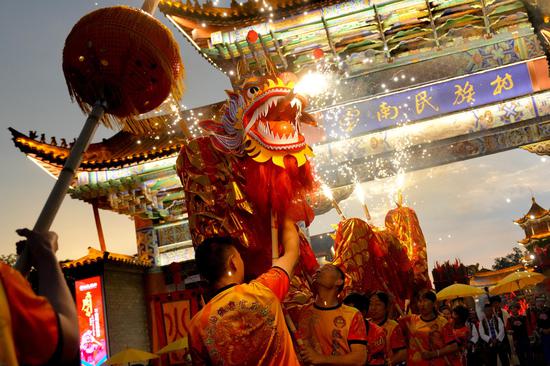












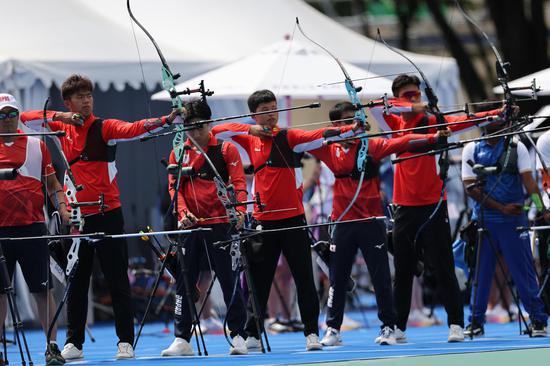

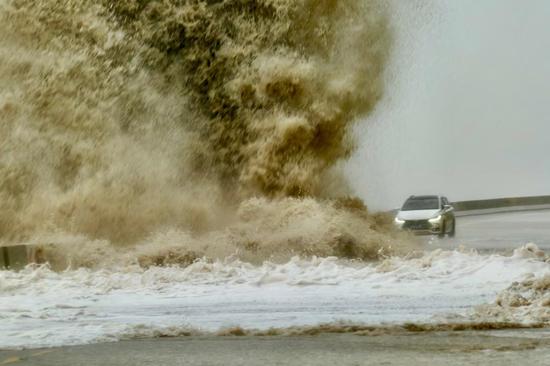





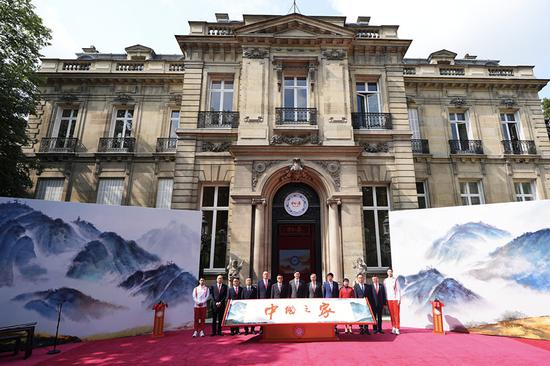




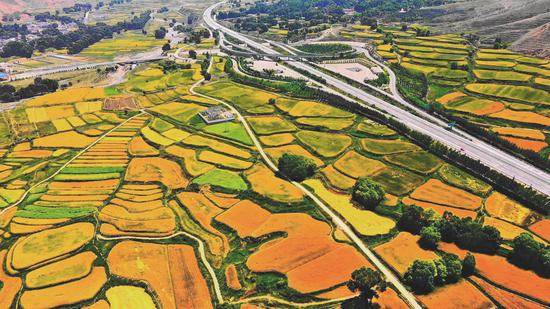














 京公网安备 11010202009201号
京公网安备 11010202009201号